Retail Outlook Not So Dire
The retail picture is not as dark as you think, according to a panel at the NAREE Real Estate Journalism Conference. Evolution is bringing new life to empty sites.
It seems another retailer announces store closures or a Chapter 11 filing every day. But the retail situation is not quite as dark as we think, according to CBRE’s head of retail research for the Americas, Melina Cordero, speaking on the panel “Retail Armageddon: Threats and Opportunities” at the National Association of Real Estate Editors’ (NAREE) Real Estate Journalism Conference.
Indeed, store closures and retailer shutdowns are nothing new. They are an ongoing feature of the retail sector, and are typically higher in the first quarter of the year, while new concepts are constantly being created, noted Joel Murphy, co-founder, president & CEO of New Market Properties. “The only thing static about retail is change,” he declared. What is different now is the pace of change, and retailers “are either going to win or be shredded” if they don’t adjust.
Also different now is the compilation of different concepts under one roof, observed Stephen Lebovitz, CEO & director at CBL & Associates. “The mall is not dead,” Cordero agreed. “The traditional mall model is.” The new model includes concepts that were not traditionally housed in malls or even in open-air shopping centers. Lebovitz listed a wide variety of health and wellness providers, ranging from doctors’ offices to health-food restaurants to workout facilities, while Cordero emphasized experiential additions like Urban Outfitters buying a pizza chain and offering pizza in its stores—new ideas that “mix it up.”
Pop-Up Stores and Other Experimentation
Pop-up stores are also providing new benefits, Lebovitz noted. The emptied stores can be leased on a short-term basis so retailers can experiment with new concepts or test a market before deciding whether to open a permanent site there. As that approach attracts more interest, he said his company is offering week-long options that provide constant change for the shopping center, drawing the consumer back to see what will be there next. The space is being managed differently, as well: All of the marketing is being conducted via social media, including lead generation, Lebovitz said. “There’s always a place we can do this (in the center),” he noted.
Such experiments are special to bricks-and-mortar, providing an opportunity online alternatives can’t. Retailers also continue to experiment with the omnichannel combination of e-commerce and in-store sales, but this has proven difficult to achieve affordably. In fact, cost has proven to be the biggest challenge to conversion of stores, Cordero said. Murphy, whose portfolio consists of grocery-anchored centers in the growing Sunbelt, noted that grocery stores have the special benefit of already owning a countrywide distribution network two to three miles from their customers. But they also have the challenge of learning how best to respond to the growing volume of online orders.



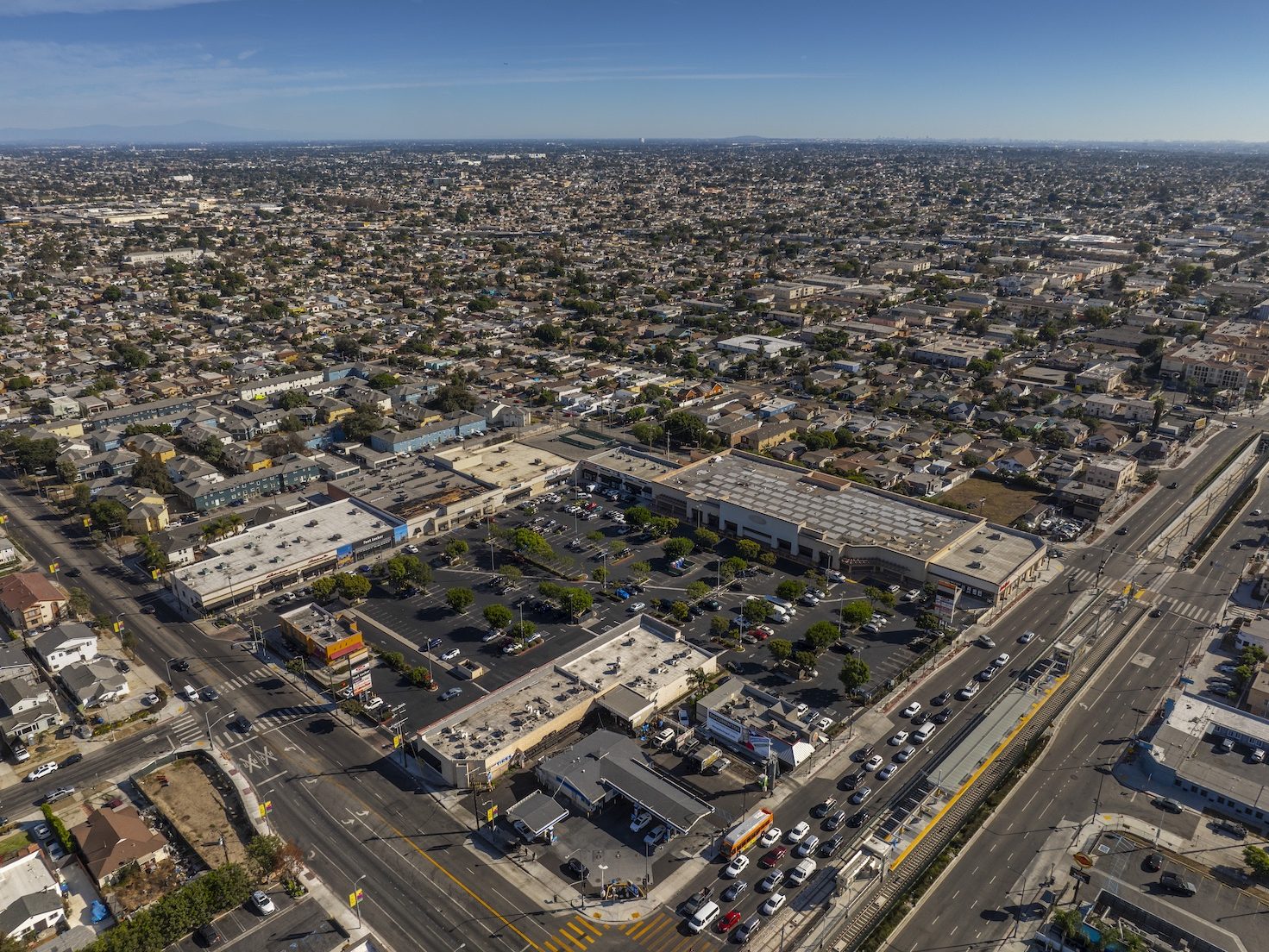
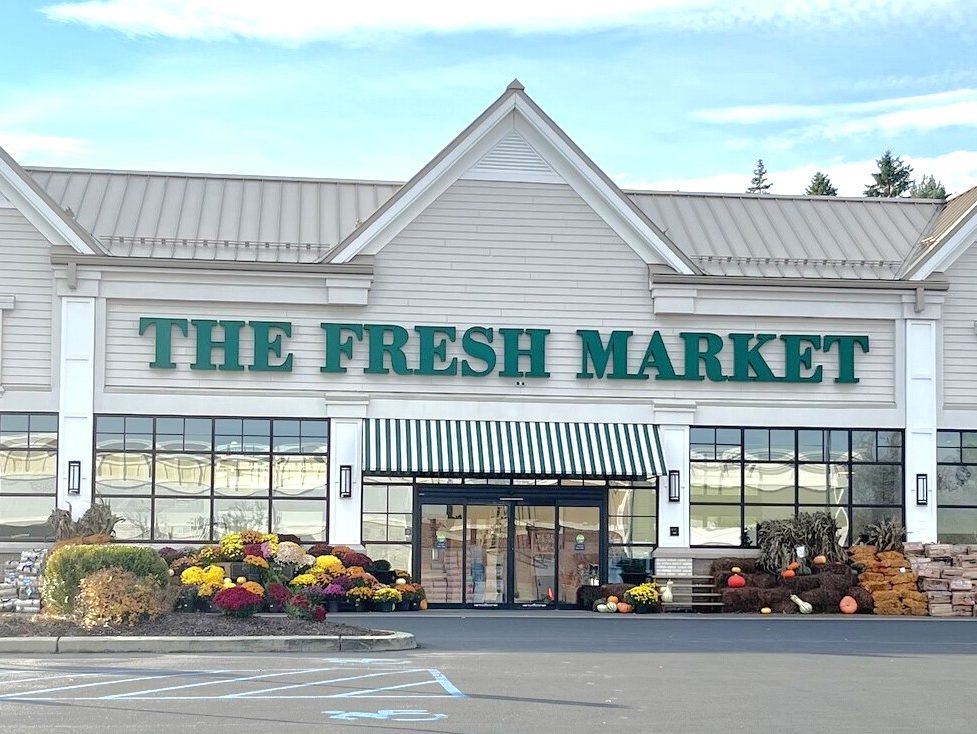
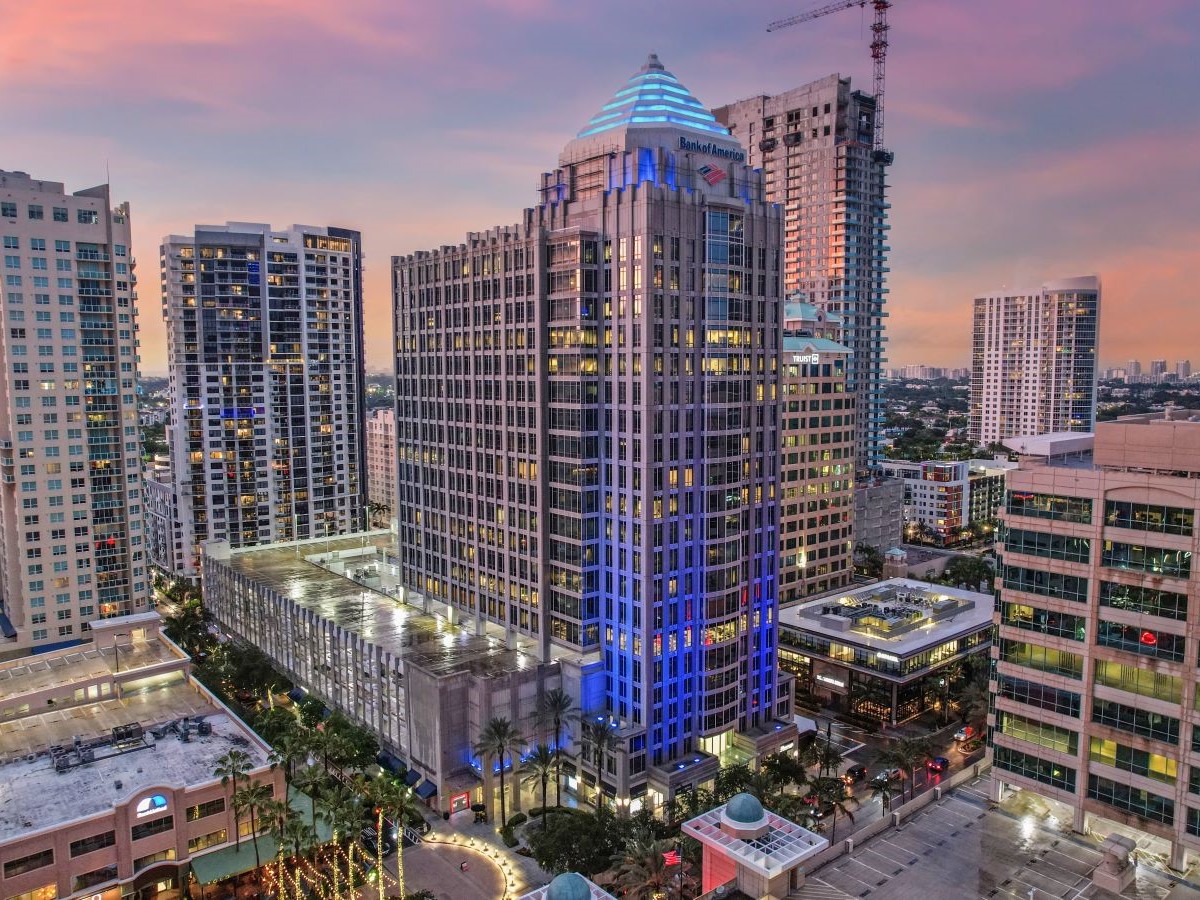
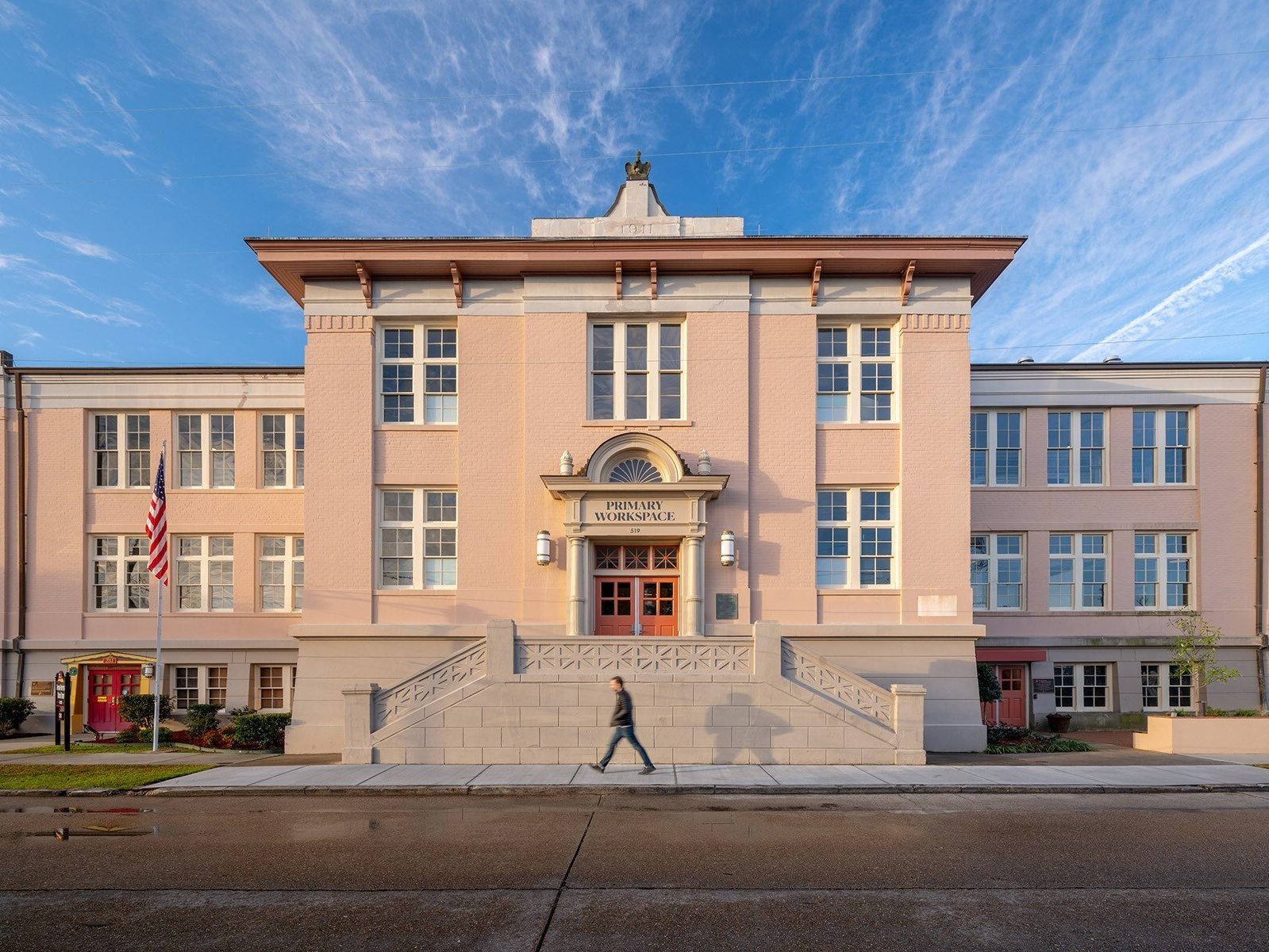
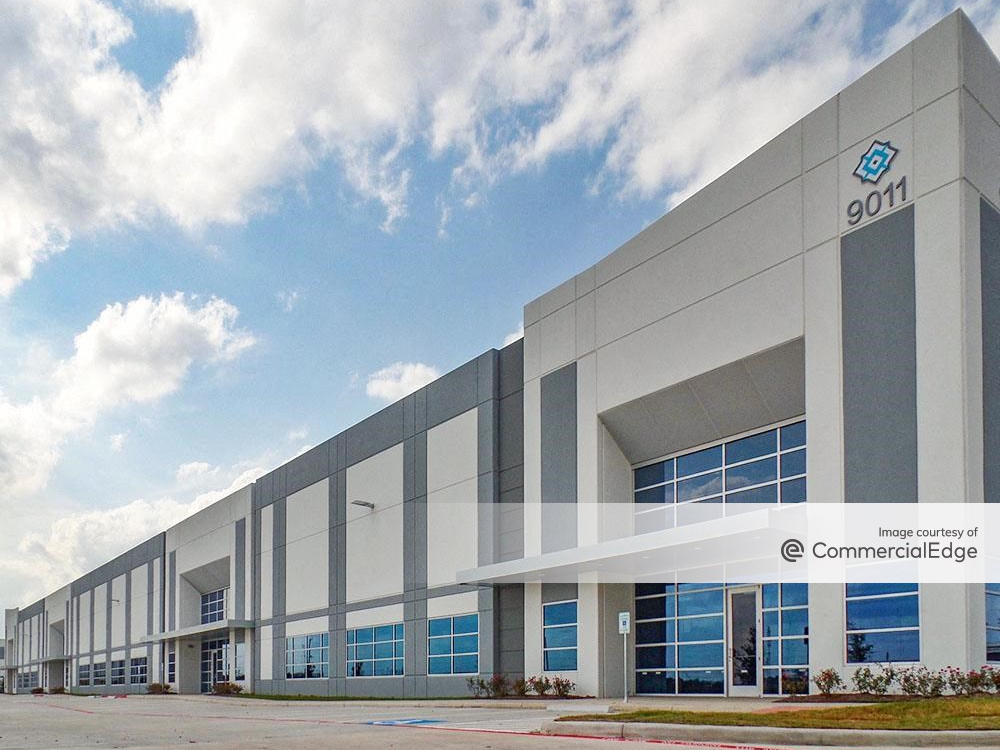
You must be logged in to post a comment.